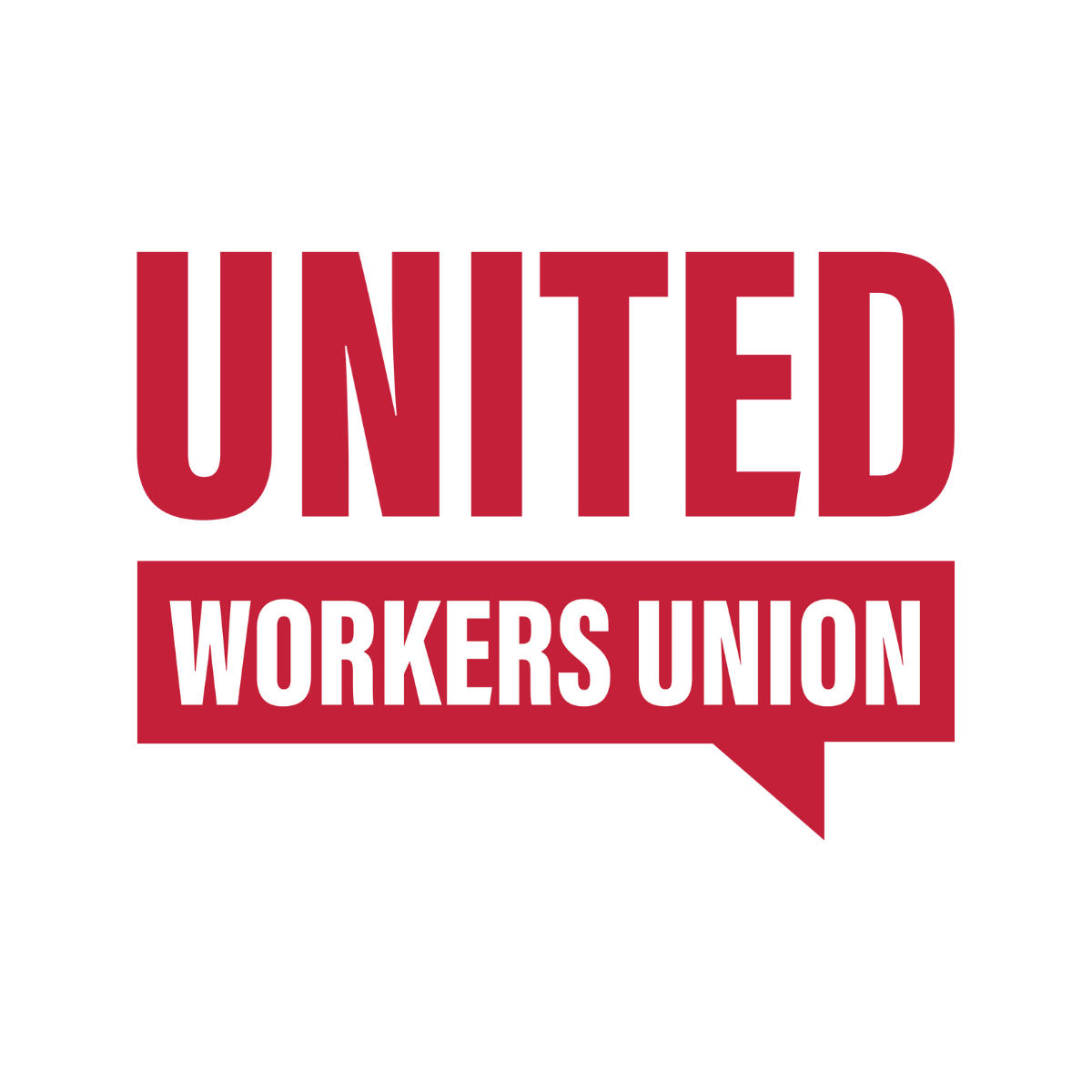In a time when organizations are experiencing an ever-increasing need to reskill and upskill their people, the skills gap analysis is an increasingly powerful tool to build business impact. Yet, for the most part, this tool languishes at the bottom of the toolbox.
There are many in the industry who, for a variety of reasons have never performed a deep skills gap analysis. As with any skill determination, it boils down to three reasons:
We don’t have the knowledge.
We don’t have the tools.
We don’t have the desire.
What I’m hoping to do in this post is to shed a light on the immediate need for a skills gap analysis.
Maybe you have the knowledge and want to conduct an analysis, but the business won’t give you the time. Use the information in this post to help build your business case.
Maybe you don’t have the knowledge and want to begin the process. Use the information below to begin building your skills (check out the needs analysis tool at the bottom of this post).
Maybe you’re tired. You’ve been there, done that, bought the “I did a skills gap analysis and no one cared” tee shirt. I hear you. But people the future is now. Tik-Tok dispersed their ENTIRE training department, a hundred people. RedFin recently conducted a massive layoff, most of which in People Services. Pick yourself up, your business really does need you. Use the information below to start building your case (again).
What do we mean by skills gap?
When there’s a mismatch between the skills employers desire and the skills that their employees bring to the table. That’s a skills gap – that variance between what’s needed and what’s possessed.
A skills gap analysis is a tool used to assess that difference. Organizations use it to identify the skills/competencies that an individual employee needs but doesn’t necessarily have to carry out their job or to perform certain tasks effectively.
Why is a skills gap analysis not just useful but imperative?
In its 2018 The Future of Jobs Report, the World Economic Forum stated that by 2022, no less than 54% of all workers will need to update or replace their competencies. In their 2020 report, they state: “…employers expect that by 2025, increasingly redundant roles will decline from being 15.4% of the workforce to 9% (6.4% decline) and that emerging professions will grow from 7.8% to 13.5% (5.7% growth) of the total employee base of company respondents.
What does this mean for the skills market?
It is stated that in the absence of ready talent, employers surveyed through the Future of Jobs Survey report that, on average, “they provide access to reskilling and upskilling to 62% of their workforce, and that by 2025 they will expand that provision to a further 11% of their workforce”. However, employee engagement in those courses is lagging, with only 42% of employees taking up employer-supported reskilling and upskilling opportunities.
Why is that?
In the image below, we see the barriers to the adoption of new technologies. Anecdotally as an industry, we know these very barriers are present when trying to provide upskilling to an employee base. While we may want to provide opportunities to improve capabilities, the business and business leaders may not support sharing capacity. In short, we may have the tools but the business may not want to give up the time.


